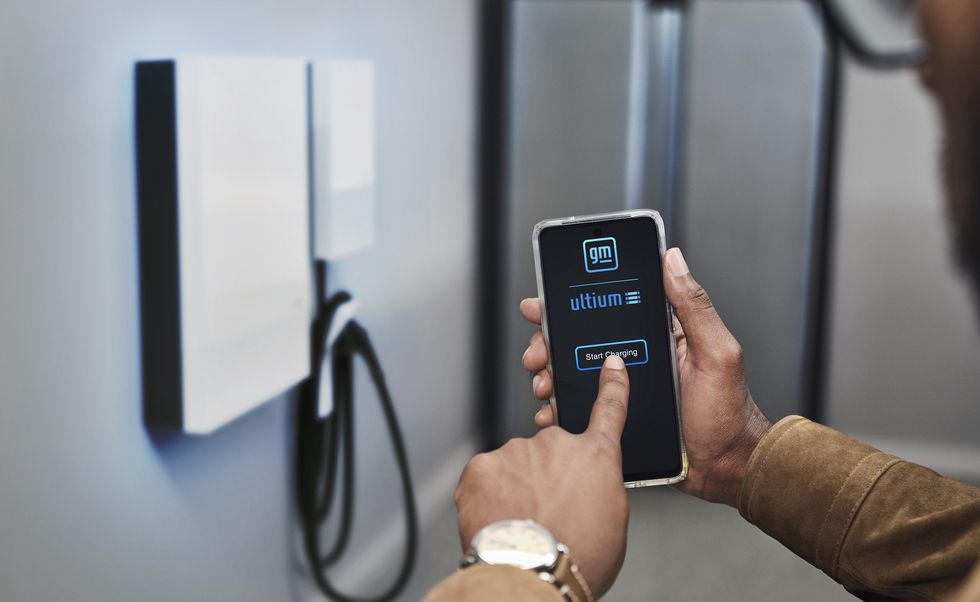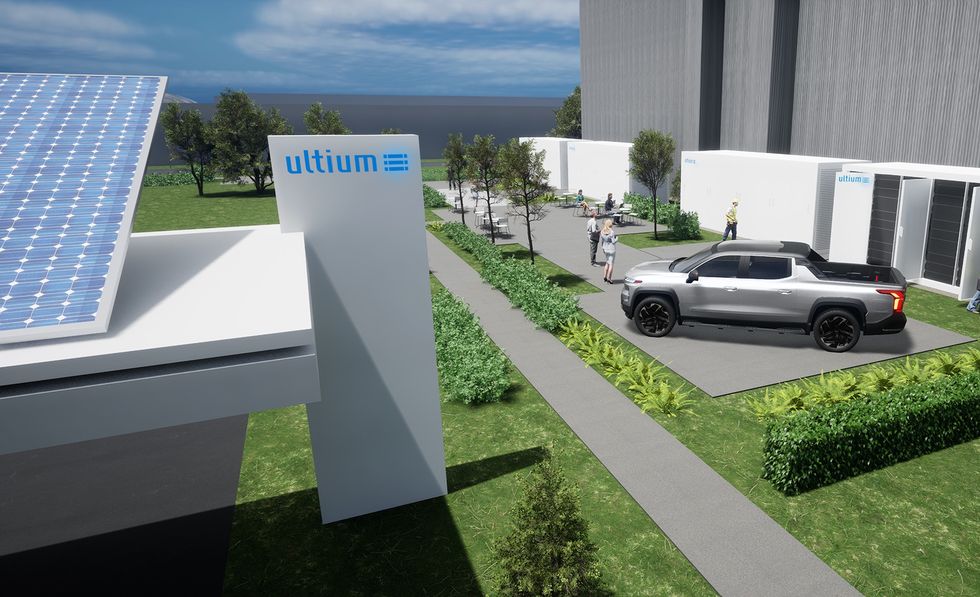The EV is much more than just a replacement for the legacy petroleum-fueled vehicle—it reaches its true potential as part of an ecosystem that also includes charging infrastructure, stationary battery storage, distributed renewable energy generation, and software to make it all work together.
GM aims to bring all of these elements together under a new business unit. GM Energy will “create a holistic ecosystem of energy management products and services,” including hardware such as batteries and solar panels as well as cloud-based software that can link these offerings with EVs and utility companies. Bidirectional charging, which enables vehicle-to-home (V2H) and vehicle-to-grid (V2G) applications, is a major part of the picture.
Creating a suite of synergistically-linked products and services can be not only a powerful brand-building strategy, but also a way to make help consumers get comfortable with new technologies, as Apple and Tesla can attest.


“GM Energy’s mission is to offer customers access to a full suite of energy products and services, including solutions beyond the vehicle, accelerating the seamless transition to an all-electric future,” said Travis Hester, VP of GM EV Growth Operations. “With the expansion of our enterprise business through GM Energy and one of the most comprehensive portfolios of energy management products and services available, we will help to reduce the barriers of entry for sustainable power and further accelerate the mass adoption of EVs.”
The central interface for GM Energy’s solutions will be GM’s Energy Services Cloud, which GM says is already being used to hook up EV customers with managed charging programs through several electric utilities in four states.
Power outages are a hot topic these days, and V2H capability, which allows an EV to power a house, is a big selling point.
“The reliability of the US electrical power grid has never been more important,” said Hester. “GM Energy [will] deliver sustainable energy products and services that can help mitigate the effect of power outages and provide customers with resilient and cost-effective energy management. If you have a sudden unexpected power outage, then you can use your vehicle or your stationary storage box to power your home or small business.”
GM is currently running a V2H pilot with Pacific Gas and Electric, and the companies expect to begin making the system commercially available to PG&E customers next year. GM is also working with other electric utilities including Con Edison, Graniterock and New Hampshire Electric Cooperative (NHEC).
Another corporate partner is SunPower, which will join with GM to develop a home energy system that integrates EV charging, solar panels, energy storage and V2H capability. The home energy system will be available at the same time as the retail launch of the bidirectional-capable Chevrolet Silverado EV, which is expected to begin production in fall 2023.
GM Energy will be competing with Tesla, which has offered charging, solar and energy storage for several years, and with rival Ford, which has also partnered with Sunrun, and also has a pilot V2H program running with PG&E, using its bidirectional-capable F-150 Lightning.
“Our competition in this space on the [automaker] side is really only Tesla, which is a strong energy management company,” said Hester. “There are a lot of analogies you can draw with Tesla.”
Sources: GM, Reuters, CNBC, Detroit Free Press
